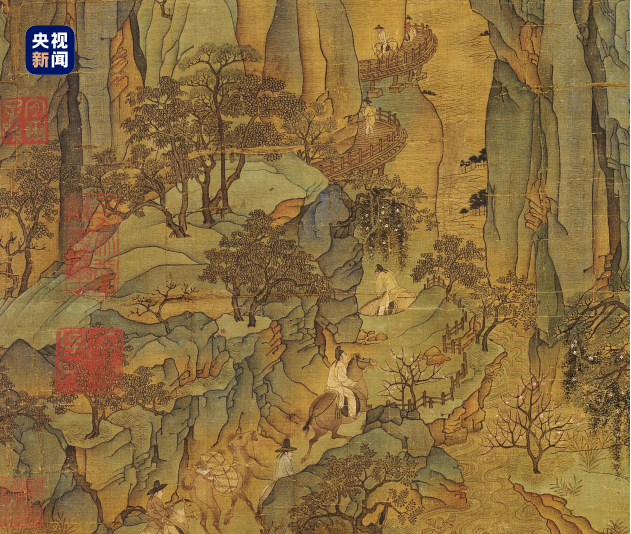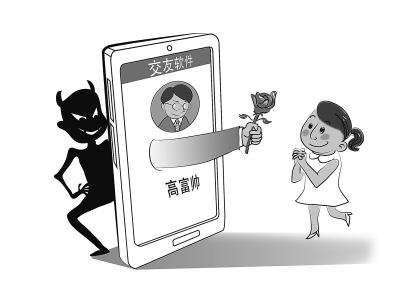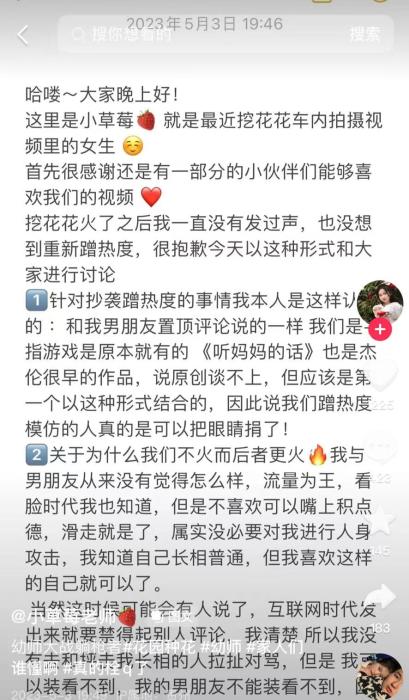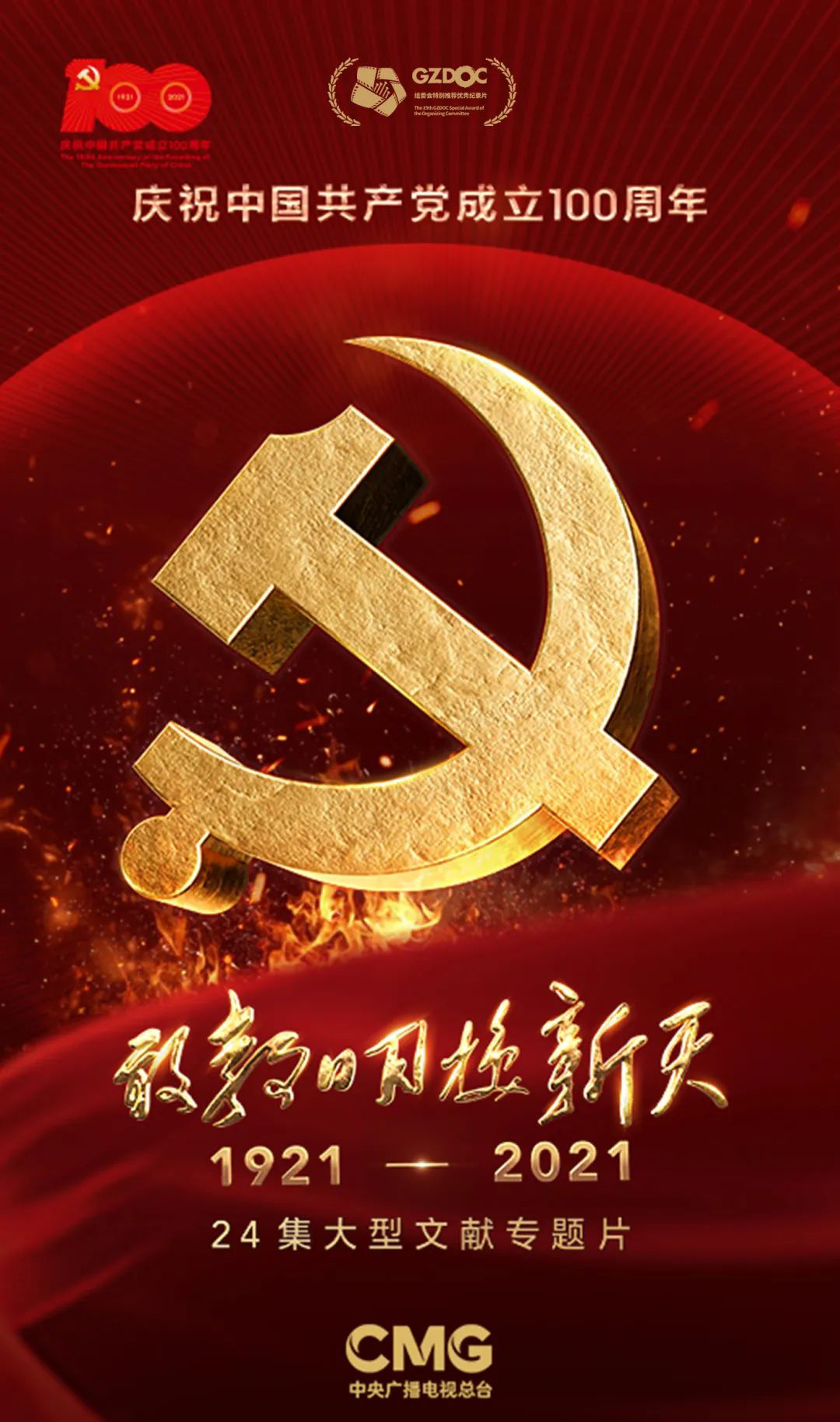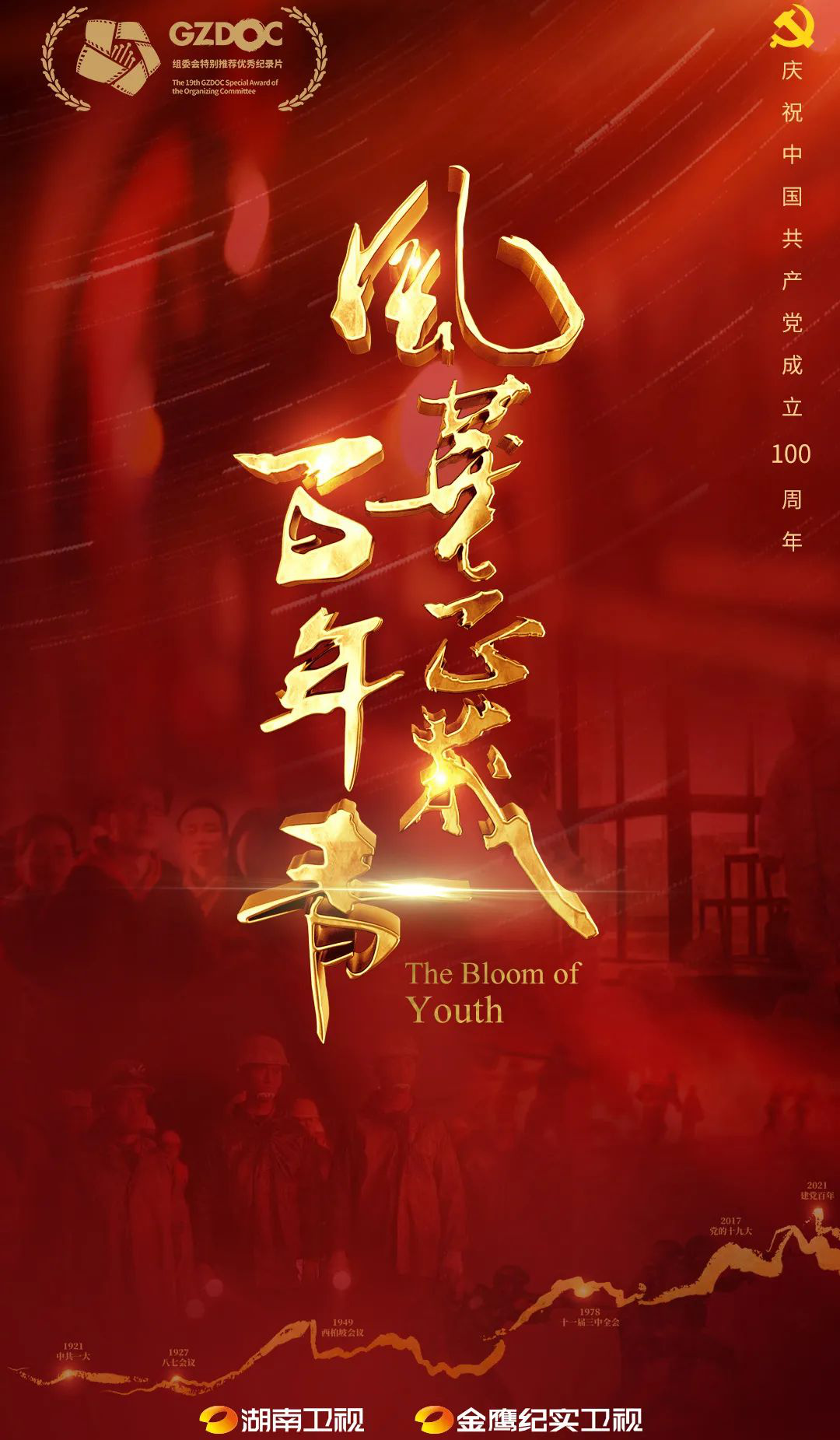[car home Brand History] There are a number of automobile brands in the development history of the automobile industry. They may have a few models that fascinate us, or their personalities are amazing. Although they have not got rid of the fate of being eliminated in the end, their legends will never linger.Today, the editor selected 10 of our classic automobile brands from these disappearing brands, and let’s have a brief understanding of their history together.

● HUMMER Hummer (1983-2010)
Classic index:★★★★☆
Brand highlights: from military vehicles and off-road vehicles.
Reasons for disappearance: financial crisis in 2008, high fuel consumption, and brand niche.
HUMMER is a version of a civilian vehicle originated from HMMWV, a military vehicle, which was introduced by Am General Company in 1992. It was named Hummer, and its transliteration is "Hummer", a very appropriate Chinese name. Because of its excellent off-road performance, it has been praised as "the king of off-road vehicles" by people inside and outside the industry. In 1999, General Motors acquired the trademark right and production right of Hummer from Am General.

After Hummer entered GM in 1999, GM began to develop and produce Hummer H1, Hummer H2 and Hummer H3. Hummer H1 followed the appearance of the military version of HMMWV, which was full of ferocity. It is not designed for the people, but for the harsh requirements of the US military. The army requires the service life of automobiles to be as long as 12 years under almost full load. It has unprecedented power performance, maneuverability and durability, and can be applied to various special roads, and can run on roads where many sports vehicles cannot run.

In 2003, GM introduced Hummer H2, which is different from Hummer H1′ s militarized huge size and simple comfortable equipment. From the beginning, Hummer H2 was designed for ordinary roads, reducing its huge size and increasing comfortable accessories, which is closer to the use needs of ordinary people. In 2005, two kinds of pickup Hummer H2 SUT and off-road Hummer H2 SUV were introduced, which made the product lineup more complete.

In 2005, Hummer H3 went on sale and was produced by GM. Hummer H3 is positioned below H2, smaller than H2 and cheaper. Hummer H3 is developed based on the general Canyon/Colorado pickup platform. It retains the charm and excellent off-road capability of the original Hummer, and its smaller size and better fuel economy make it more suitable for the market demand.

In the nearly 10 years since the launch of Hummer, it has only won the favor of a small number of off-road vehicle fans because it is too small and its fuel consumption is too high.In 2008, the global financial crisis broke out. As the owner of Hummer, General Motors, was already in trouble, Hummer, a niche brand, was pushed to the edge of closure. After a series of mergers and acquisitions by Tengzhong enterprises in Sichuan, it finally failed and officially disappeared in 2010.
Editor’s comment:
Hummer is a unique brand because it originated from military vehicles, but it is destined to be a niche brand because of its extreme positioning. Besides,In 2010, Sichuan Tengzhong’s acquisition of Hummer also made Hummer win the last high attention in the China market before it disappeared.
● Saab Saab (1937-2011)
Classic index:★★★★☆
Brand highlights: originated from aircraft companies and the originator of turbocharged engines, with strong safety performance.
Reason for disappearance:The common platform strategy made Saab lose itself and the ability to independently develop new cars in the later period.
Saab Saab Automobile Company originated from Swedish Aircraft Co., Ltd., which was established in Sweden in 1937, and began to develop Saab cars in 1944. Subsequently, a series of 92, 93, 94, 96, 97, 99 and other models were launched one after another, which was its most brilliant moment in the 1950s and 1970s. It not only achieved a lot of sales in civilian cars, but also made brilliant achievements in the history of racing.


In Saab’s history, the most noteworthy thing is that it is a civilian car brand that widely used turbocharged engines earlier. In 1976, Saab 99 was equipped with a 2.0T turbocharged engine for the first time. In that era when the oil crisis broke out, turbocharged technology was undoubtedly the right technology at the right time. It coincides with the mainstream trend of emphasizing fuel economy in society at that time.


In the 1990s, GM acquired 50% of Saab’s shares, and then began to change the model numbers to Saab 9-3 and Saab 9-5. After 2000, Saab became a brand of GM, and at the same time began to produce on the same platform as GM’s Chevrolet and other models. This strategy gradually made Saab lose itself. In 2003, GM also acquired Saab’s engine department, and Saab also lost its ability to develop products.

In 2008, under the influence of the global financial crisis, GM began to sell Saab brand. In 2010, Spyker successfully acquired Saab. However, Saab did not turn around in Spyker’s year, and it was ready to sell in 2011. Then, after the merger of Youth Lotus and Huatai, Saab finally went bankrupt.
Editor’s comment:
Saab is a quite classic automobile brand. Up to now, some of its unique designs still deeply affect the development of automobile industry, such as powerful turbocharged engine, aerodynamic design concept, unique driving safety system, etc. In addition, there is a brand slogan of "flying close to the ground, integrating people and vehicles", which really makes us cherish.

● Oldsmobile Oldsmobile (1897 -2004)
Classic index:★★★★
Brand highlights: profound history, the earliest large-scale use of AT, and the first company in the United States to manufacture four-wheel drive.
Reasons for disappearance: the product can’t keep up with the pace of the market, the positioning is unclear, the fuel consumption of the vehicle type is high, and the marketing strategy fails.
In 1897, Ransom Eli Olds founded Olds Motor Works Oates Automobile Company in Lansing, Michigan. In 1908, it was merged into General Motors and renamed Oldsmobile Oldsmobile. In the history of more than 100 years, Oldsmobile has made many proud achievements, for example, it was the first company in the United States to export motor vehicles, the first company to equip automatic transmissions on a large scale, and the first company to manufacture the first four-wheel drive car in the United States.




Of course, in the development of Oldsmobile for more than 100 years, many classic models have emerged, such as Rocket 88, Aurora, Alero, Intrigue, Silhouette, etc. Among them, Alero and Aurora have invested a lot of money in research and development to fight against foreign brands, especially Japanese brands. Intrigue and Silhouette, on the other hand, embody a typical general strategy: design a model on one platform, and then sell it in North America and even around the world under different brands. In the short term, GM’s strategy seems that many brands attack at the same time, which brings precise blows to their opponents. But in the long run, it is easy for brands to completely lose their own style and reduce customer loyalty, and eventually it will be difficult to return.


In addition, the Rocket 88 mentioned above is a 50-year-old model. The first generation "Rocket 88" was equipped with a V8 engine with 170 horsepower, which was a very fast car at that time. In that era when gangs were rampant, many gang gunmen and bank robbers liked Rocket 88 very much, because it had a solid car body and a rapid speed increase, and it could easily break through the encirclement of the police. At the same time, the launch of this model is also considered to be the originator of the American muscle car. In 1999, the 88 car series with a history of 50 years was officially discontinued. No matter from any aspect, the 88 car series is the most important and classic car series in the history of Oldsmobile.

It was after the oil crisis that the Oldsmobile car system began to weaken, and it became one of the brands most severely impacted by foreign brands, especially Japanese brands. Because the brand positioning of Oldsmobile and Buick overlapped, GM first wanted to distance itself from Buick by making Oldsmobile younger, which made Oldsmobile lose many original loyal customers. After the failure of rejuvenation, GM tried to use Oldsmobile as an experiment to produce cars that imitated the styles of German and Japanese rivals, which was also unsuccessful.
In addition, Oldsmobile’s car doesn’t have the strong style and personality of its own brand like Cadillac or even Pontiac, and there is no scientific car division within the brand. For various reasons, Oldsmobile gradually declined and became the worst-selling brand of GM. In 1990s, GM also spent a lot of money to develop new models for it, but it still couldn’t turn losses into profits. Finally, in 2000, it announced that it would give up saving Oldsmobile, and finally officially closed its factory in 2004. A century-old brand disappeared.
Editor’s comment:
Oldsmobile is one of the earliest automobile brands, which can be said to be the most classic brand in American automobile history. At the same time, it made great contributions to the development of the earliest American automobile industry. However, this century-old automobile brand is still ruined by the common strategy of the same platform, and basically there are no models that people particularly miss after 2000.
● Pontiac Pontiac (1899-2009)
Classic index:★★★★
Brand highlights:A model of sports muscle car represented by firebird
Reasons for disappearance: the common platform strategy and the global financial crisis in 2008.
Pontiac was first established in 1899. At first, it was a small factory that produced auto parts, and then it officially began to produce cars in 1907. In 1909, it was officially acquired by General Motors, and its brand positioning was between Oldsmobile and Chevrolet. After entering GM, it began to mainly produce Oakland brand cars.The first Pontiac car was produced in 1926.




Since 1950s, Pontiac began to develop into a mid-to-high-end sports car, and at the same time, the logo was replaced by a brand-new arrow logo. In the 1960s, with the popularity of muscle cars, Pontiac introduced many classic models, including Pontiac GTO, Firebird and bonneville. By 1969, Pontiac had sold 140,000 units, ranking third in the United States at that time.

In the 1970s and 1980s, influenced by the global energy crisis, Pontiac began to transform, no longer focusing on large-displacement and large-size muscle cars, but turned to the small and medium-sized family car market. At one time, the minimum displacement model reached 1.4L At the same time, the most classic second-generation Firebird, the star model in Knight Rider, was born in this period, with an engine displacement of 2.5L.

Pontiac really went into decline after the 1990s, when the common platform strategy led to Pontiac’s loss of self. Later, except for subtle differences in logo and appearance, the models produced were no different from Oldsmobile and Chevrolet.
In 2009GM, which was hit by the subprime mortgage crisis, declared bankruptcy protection for the assistance of the US federal government, while Pontiac, Hummer, Saab and Saturn were declared to cancel their brands, and all the models produced by Pontiac brand at that time would be discontinued at the end of 2010.

Until the Pontiac brand disappeared in 2010, Pontiac still had several brand-new models in production, such as G3, G5, G6, G8, Torrent and Vibe. In order not to waste resources (technology and spare parts, etc.), GM merged these models into the four remaining brands of GM, including Chevrolet, Buick, GMC and Cadillac, and a brand with a history of 100 years has officially closed down.
Editor’s comment:
The most memorable of this brand are Pontiac GTO and Pontiac Firebird. It can be said that at that time, these two models almost became the dream cars of all young people. However, in the end, under the influence of GM’s platform strategy, Pontiac gradually lost itself and became an OEM car of Chevrolet, Horton, Oldsmobile and other brands.

● DAEWOO Daewoo (1967-2011)
Classic index:★★★★
Brand Highlights: Korea’s second largest automobile company has a high sales volume in the economical civilian car market.
Reasons for disappearance: excessive expansion,After being produced on the same platform as GM’s models, the sales volume decreased.
Daewoo motor is Korean.The backbone enterprise of Daewoo Group is the second largest automobile manufacturer in Korea.Once the annual output of cars was as high as more than 600,000. In 1967, Jin Yuchuang founded Sino-Korean Company, which was later changed to Xinjin Company and changed to daewoo motor Company in 1983. Daewoo has always had a very close relationship with General Motors of the United States. At the beginning of its business, it cooperated with General Motors to produce cars, trucks and buses with more than eight tons. Daewoo, aiming at export, was the first company to export automobiles in Korea, and exported automobiles to the United States as early as 1984.

In 1993, Daewoo President Kim Yu-chung put forward the strategy of "global operation". At that time, Daewoo had more than 150 overseas enterprises. By the end of 1999, it had increased to more than 600., which is equal to adding an enterprise every three days.After the financial crisis in South Korea at the end of 1997, Daewoo Group collapsed. Officially declared bankruptcy on November 8, 2000. And daewoo motor company has also been included in the list of "rectifying enterprises".During this period, Daewoo had negotiated with many world-famous automobile giants on the sale.

On October 28th, 2002, GM officially acquired the Daewoo brand, and established GM daewoo motor Technology Company (hereinafter referred to as GM Daewoo) in Seoul. After daewoo motor settled in GM, it began to produce middle and low-grade cars on the same platform as Chevrolet and Buick, and sold them all over the world. Among them, Daewoo’s logo is still posted in South Korea, while Chevrolet and Buick’s logo are hung in the United States and Europe.



I believe everyone is familiar with these models launched by Daewoo under GM, including Matiz (Matiz), the domestic Chevrolet Le Chi, Daewoo Lacetti, the domestic Buick Excelle, Kalos, and Magnus, the domestic Jing Cheng.

In 2011, General Motors daewoo motor announced that it would replace Daewoo brand used in Korea with Chevrolet, and the name of Daewoo was changed to GM Korea Co, and the company name change was completed in the first quarter of 2011. And the history of "Daewoo" as an automobile brand has completely ended.
Editor’s comment:
It must be said that the Daewoo brand has brought many very practical models to people’s lives. We can also see from the sales of several domestic OEM cars that "Daewoo models" are even more popular in China than in modern times. But the disappearance of Daewoo brand is also expected.After all, after being acquired by GM in 2002, all the models owned by Daewoo have been "copied" by Chevrolet or Buick, so its existence value is almost zero.
● Plymouth Plymouth (1927-2001)
Classic index:★★★☆
Brand highlight: a model of American mid-level car
Reasons for disappearance: lack of competitive products and financial crisis in 1980s.
Plymouth is a car brand owned by Chrysler. Plymouth in English is the name of a famous British port. In those days, a group of monks sailed from this port in England to the United States on the sailboat Zuvrava, which meant smooth sailing, so some people called this brand Shunfeng brand. Plymouth’s trademark pattern is the sail pattern of the sailing boat "Zuvrava" that monks once took.


Plymouth was formally founded in 1927, mainly producing cars with lower prices than Chrysler and Dodge in order to seize the low-priced car market. The first model was manufactured on June 11th, 1928. It was equipped with a 4-cylinder engine and had strong power. Once it was launched, it was widely sought after by users.

Then in the 74 years of development, many classic models emerged in Plymouth. For example, Valiant of Plymouth came out in 1959. This car was used by Chiang Kai-shek Song Meiling. In 1980s, due to the shortcomings of low quality, lack of individuality and conservative design, the sales of this model dropped sharply and stopped production.

On November 2, 1983, the former Chrysler Company manufactured the first van-Plymouth Jielong in Winsor Assembly Plant, Ontario, Canada. The first van was advertised in the United States as a "magic wagon". In the first sales year after the launch of the van, the sales volume of two wagons owned by Klesk, namely Jielong and Dodge Caravan (on the same platform as Jielong), reached 210,000. At that time, the United States was experiencing an economic recession, and Jielong made outstanding contributions in the process of Chrysler’s comeback.

"Plymouth brand new logo"
In order to save the classic brand, in 1995, Chrysler invested a lot of money, changed the logo, redesigned the series of models, and specially launched the Prowler hunting beast. However, the Plymouth brand with serious losses has no development prospect.

In addition, the Plymouth Hunting Beast, which was born in 1997, is a real American-style sports car, which represents the cultural quality of the United States and its nation, and shows the diversity and inheritance of American culture. By the end of 2001, the products of Plymouth were no longer produced, but the only exception was Hunting Beast. Because the market demand was still very large, it was incorporated into the Chrysler brand and continued to be produced and sold.
By the end of 1990s, Chrysler, which suffered huge losses, constantly threatened the safety of the whole Daimler-Chrysler Group. Due to the consideration of Daimler-Chrysler brand strategy, Plymouth brand was eliminated by the end of 2001. At the same time, Chrysler also promised that the service purpose for all Plymouth users in the world will not change and the supply of parts will not stop.
Editor’s comment:
It can only be said that the brand Plymouth was once brilliant, and many classic models were born, but for China consumers, the brand’s status in people’s minds is not high. Perhaps the only thing that impressed me more was Chrysler Jetron (the successor model of Plymouth Jetron) and hunting animals, which were once sold in China, but their popularity in China was not high.
● Mercury Mercury (1935-2010)
Classic index:★★★☆
Brand Highlights: One of the Brand Representatives of American Muscle Cars
Reasons for disappearance: too much dependence on Ford and the impact of the 2008 financial crisis.
Mercury is a mid-to-high-end car brand owned by Ford Motor Company. It was founded by Henry Ford’s son Edsel Ford in 1935. At first, Mercury brand was just a department in Ford, and no independent models or trademarks were launched. Its main job was to find its position in the North American market and analyze its competitors in the same city. In 1938, the first model of Mercury brand was successfully designed and named Mercury 8. In the first year, it sold 58,000 units.


In the history of the development of Mercury, it has experienced two development peaks. The first time was in the 1960s and 1970s, when American muscle cars prevailed, and the Mercury brand played a very important role in the development of muscle cars. The second time was in the 1990s, when Mercury launched quite a few new models, and in 1993, it created a new sales volume of 480,000 units. In the 75 years of Mercury’s development, classic models include Cougar, Capri and Grand Marquis.




In the 21st century, the brand development of Mercury is very difficult. There are fewer and fewer new models, and its models tend to Ford more and more, gradually losing its own style. Similarly, based on Ford’s continuous introduction of OEM models, by 2010, Mercury’s total sales volume had been less than 90,000 units, accounting for only 1% of the North American market, while Ford’s was 16%. So on June 2, 2010, Ford officially announced that it would close the production line of Mercury at the end of 2010.
Editor’s comment:
If you have a deep understanding of Ford Mustang, you may be familiar with Mercury.The brand will also have some feelings. After all, the puma of Mercury is built on the same platform as the Ford Mustang.And it also had a high reputation at that time.However, after 2000, it has basically become an OEM car owned by Ford, and the brand’s personality has completely disappeared.

● Moskvich Moscow (1930-2003)
Classic index:★★★☆
Brand highlights: the flag of the Soviet automobile industry, once the most popular brand in Russia.
Reasons for disappearance: old production platform, difficult transformation and poor quality.
Moskvich (Moskvich) Automobile Factory was established in 1930, which occupied the leading position in Russian automobile industry in 1970s and 1980s, and was once regarded as a flag of Soviet automobile manufacturing industry. Moskvich produced the first batch of Moskvich cars in 1947, and then with the increasing market share, Moskvich was gradually pushed to the top of the largest automobile factory in the Soviet Union.


Speaking of this brand, it actually had a certain relationship with Opel at the earliest. In 1945, Germany was defeated, Russian troops occupied the eastern part of Germany, and German industrial bases in the east became trophies of the Soviet Red Army. Several automobile production lines, including Opel cadet K38, fell into Russian hands. After careful analysis, the Russians thought that the cadet K38 sedan was more suitable for the post-war society of the Soviet Union, so they left the production line of DKW-F8 sedan (one of Audi’s predecessors) of the automobile alliance to East Germany. It was handed over to Lenin’s Communist Youth League Automobile Factory (the predecessor of Moscow Automobile Factory) built by a group of passionate Moscow college students. After two years of preparation, the first batch of "Moscow people" cars were produced in 1947. Named Moscow 400, the market price was 9000 rubles, which was the cheapest car in the Soviet Union at that time.

In the history of the development of Moscow people, there is a more classic Moscow people 2141. This model was put into production in 1986, imitating the French Simca 1307 model. It not only abandoned the rear wheel drive mode used by traditional Soviet cars, but also used the latest McPherson front suspension and torsion beam rear suspension. In addition, the drag coefficient of 2141 is only 0.35, which is very remarkable in that era. Coupled with the beautiful appearance of French style, the 2141, which was just launched on the market, was snapped up, and then it was quickly accepted by western European countries.
In the late 1980s and early 1990s, Muscovite 2141 was also imported into the northern market of China in large quantities, but many of them were hung with LADA signs. Because there were too many smuggled Japanese cars in the southern market at that time, it was extremely difficult to find the trace of Moscow 2141.

As for the closure, in fact, the earliest Moskvich automobile factory was built as a highly centralized comprehensive factory at the beginning of design, which integrated all the production processes such as stamping, casting, welding and painting, making it extremely difficult to modify the products. Coupled with poor management in the 1990 s, the car service guarantee was not satisfactory, and the brand reputation dropped sharply, which also caused Moskvich to owe nearly $1 billion in debt. In 2001, Moskvich only produced about 800 cars, and in 2002, none of them were produced, resulting in 1,500 employees not being paid for nearly a year.
Because 60% of the shares of Moskvich Automobile Factory are controlled by the state, and most of the debts are owed to the Russian Ministry of Finance, the Russian government once tried to save Moskvich, but in the end it failed. Finally, it stopped production in 2003, and Moskvich gradually disappeared into people’s memory.
Editor’s comment:
As the largest automobile brand in Russia, the influence of Moscow people is self-evident, and in the 1980s and 1990s, China also imported it in large quantities as the exclusive car of national leaders, so its existence can be said to have contributed a lot to the development of China’s automobile industry.
● SATURN Saturn (1982-2009)
Classic index:★★★
Brand Highlights: Good vehicle quality is enough for anti-Japanese cars.
Reasons for its disappearance: lack of cultural background and low attention paid by GM.
Saturn is a young brand. In 1982, in order to counter the impact of Japanese cars on American manufacturers, GM established a Saturn branch in Chunshan, Tennessee. Using the most advanced technology, we designed and produced smaller American economy cars. In 1990, Saturn was put into production, and the first car was produced and put on the market in 1991.

As a young brand, Saturn has no historical and cultural burdens. Its brand purpose is to "make cars that consumers need", take market demand as the design criterion, use the most advanced technology and design concept, be unconventional and go into battle lightly. This is also the starting point for many Japanese manufacturers to design products.
By 1993, Saturn products were among the top ten best-selling models in the American automobile market. In 1993, Saturn ranked third in JD Power’s new car quality survey, second only to Lexus and Britain and finidi, surpassing Toyota, and tied for first place with Lexus in 1997.

As one of GM’s brands, Saturn is also produced on the same platform as other brands, and according to GM’s assumption, the prototype of Saturn products will come from Opel, which is Opel’s North American brand.

Saturn brand mainly produces models including Aura, Sky, Vue, etc. Among them, Aura is one of the global models developed by GM, which is almost the same as the domestic LaCrosse. Compared with Buick’s luxurious image, Saturn Aura is more dynamic, and Buick’s "straight waterfall" front grille is replaced by Saturn-style silver stripes. Saturn Aura is quite similar in design to Opel.

Saturn Sky is a sports car that North American consumers like very much. The 07 Saturn Sky red line has outstanding performance, and it only takes 5.5 seconds to accelerate from 0 to 100 kilometers. This sports car uses a 2.0L turbocharged engine and Ecotec technology, with an output of 260 HP. It was the most efficient engine of GM at that time.

However, in the middle and late 1990s, GM began to focus on the brands of Oldsmobile and Buick. Due to insufficient support, in the late 1990s, it almost ruined the once promising Saturn brand. Since then, Saturn’s development has encountered the dilemma of tight funds and declining sales. Before GM’s Saturn car revival plan, Saturn brand was finally abandoned in 2009.
Editor’s comment:
It can be said that Saturn is more like Toyota in the United States. Its purpose is to produce models suitable for people’s homes, and its sales volume is the same as that of Toyota at that time, and it has achieved very good results.If GM had paid enough attention to this brand at that time, it might be more popular than Chevrolet or Buick now.However, it is precisely because Saturn does not have much cultural background that GM ignores this brand.
● Delage Delac (1905-1954)
Classic index:★★★
Brand highlights: glorious racing history and many classic luxury sports models.
Reasons for disappearance: the economic crisis has reduced the demand for luxury cars, and the fundslackLeading to the final disappearance of the brand
French Delac Company was established in 1905, specializing in the production of limousines, and stopped production in 1954. Its first car, Type A, was first born in 1906. It adopted the horizontal bar design, and then it introduced many classic four-cylinder and six-cylinder models.


In 1909, Delac had its own engine. In 1911, X type won the "Coupe de l’Auto" Grand Prix in Boulogne, France. Since then, Delac has shifted its focus to the production of six-cylinder luxury models. Delac really became famous after the First World War. CO type in 1918 and CO2 type in 1921 were both works that shocked the times. In the same year, CO2 type completed the journey from Paris to Nice in 16 hours, with an average speed of 42 mph, which was an amazing achievement at that time.


In the 49 years of Delac’s development, there have been too many classic models, in addition to the models described above, there are such as: Delac car Delage; in 1910; Delac -DR70 limousine in 1930; Delac -D8120 advanced sports car in 1937; 1938 Delac -D6/75 premium sports car. Among them, Delac 15-S-8 Grand Prix Racer designed by Abel Lori in 1927 won the French Grand Prix.

However, the economic crisis in the 1950s turned all beauty into invisibility. The sales of high-end cars in Delac were at a loss, and Louis Delage, the boss, decided to exchange technological innovation for the new life of the enterprise. But the cruel reality is that the lack of funds and financing makes Delage’s good wishes come to nothing. After the war-torn years, Delac survived by making arms. Finally, in 1954, the once strong man was sealed in people’s memory forever.
Editor’s comment:
Delac is one of the few French automobile brands that have disappeared. France is a country with an early origin of automobile industry. At the beginning of last century, it can be said that French automobile brands have made great achievements in the circuit, and world-class competitions like Le Mans also originated in France, and Delac is also a luxury sports brand that appeared in this period, and has also made outstanding achievements in the history of racing.
Summary:
"Classic" is called classic, not only because it is difficult to reproduce, but because it best represents the essence of a class of things. Just like these classic automobile brands above, they were once brilliant, although they eventually fell, but they left a lot of precious wealth for the development of the automobile industry, and their position in our hearts can never be replaced. (Text/car home Zhang Wenjun)

Click on car home Culture Team to enter the interesting world of automobiles.

